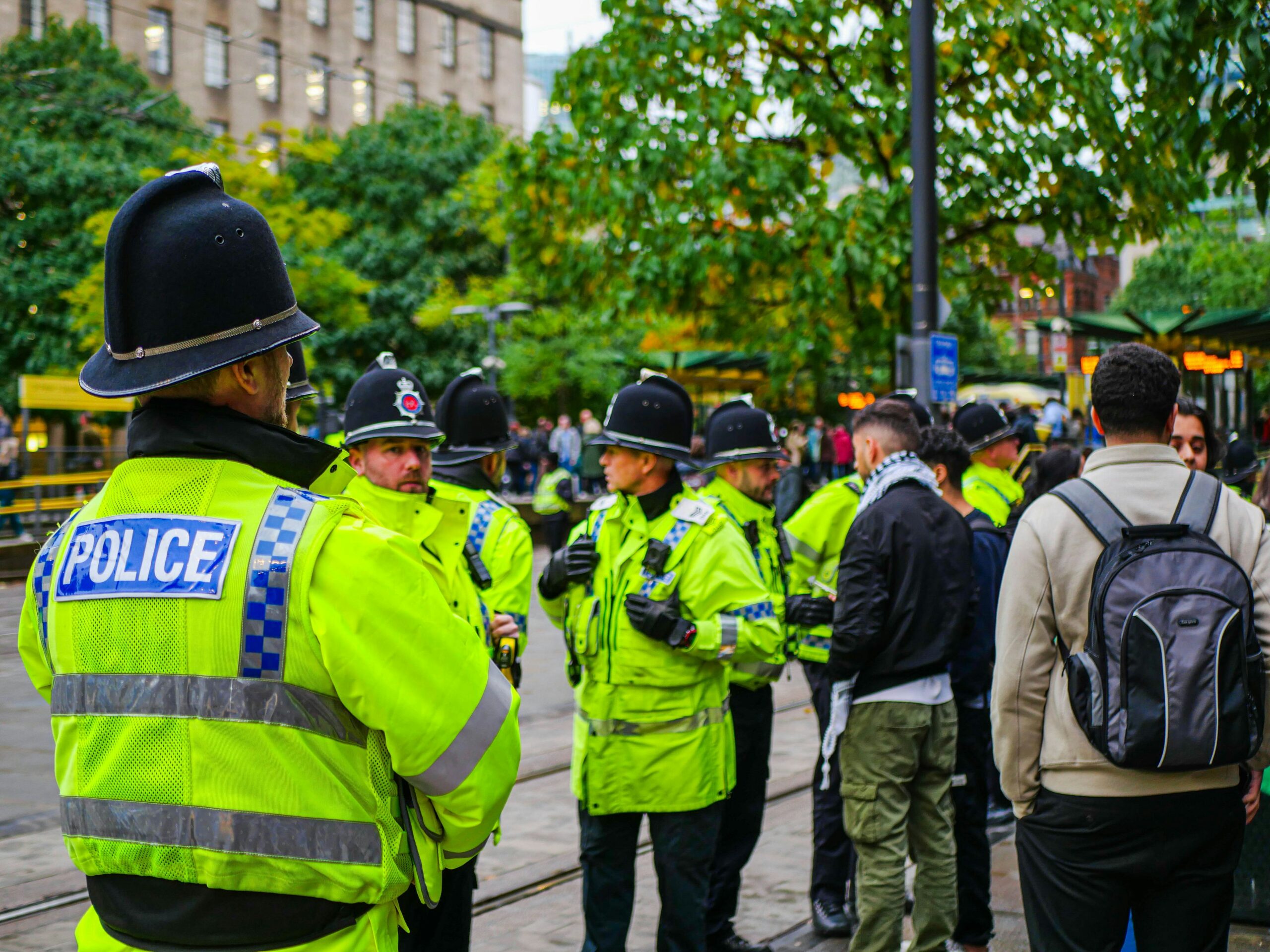
Every thriving neighborhood depends on one essential element — safety. While traditional policing often focuses on responding to crime, community policing emphasizes prevention, cooperation, and shared responsibility. It represents a shift from reactive enforcement to proactive engagement, where police officers and residents work hand in hand to identify issues before they escalate.
Community policing is not merely a law enforcement technique; it’s a philosophy built on mutual respect, communication, and collaboration. It encourages police officers to become trusted figures in their neighborhoods, allowing them to understand local challenges more deeply. This partnership between communities and police fosters trust, transparency, and accountability, leading to safer and more harmonious neighborhoods.
What Is Community Policing
Community policing is a proactive approach that brings law enforcement officers and residents together to address and solve community problems. It is grounded in the idea that safety and order come from cooperation, not fear or force. Instead of focusing solely on arrests or patrols, community policing builds meaningful relationships that help prevent crime from occurring in the first place.
At its heart, this approach emphasizes shared problem-solving and communication. Police officers work closely with residents, schools, and local organizations to identify vandalism, theft, or substance abuse issues. By addressing the root causes rather than the symptoms, community policing creates long-term stability. This human-centered model makes neighborhoods stronger, safer, and more united.
Why Community Policing Matters
Trust is the foundation of any thriving community. When residents feel they can rely on their police officers, they become more likely to share concerns, report crimes, and participate in safety initiatives. Community meetings, open forums, and youth engagement programs allow police and residents to communicate openly. This consistent interaction strengthens their bond, turning officers from enforcers into allies.
Community policing also inspires civic participation. When people participate in local safety projects, such as neighborhood watch programs or public awareness campaigns, they feel a deeper connection to their surroundings. This shared sense of responsibility reduces crime because citizens become more alert and invested in maintaining peace. It creates a circle of accountability where everyone contributes to the greater good.
The Role of Law Enforcement in Community Policing
Police officers serve as the bridge between authority and community. Their mission extends beyond enforcing laws to understanding the social and emotional needs of the neighborhoods they protect. Officers often patrol on foot or by bike, making themselves visible and approachable. These everyday interactions build familiarity and trust, transforming how residents view law enforcement.
Officers who demonstrate empathy, fairness, and consistency strengthen their departments’ credibility. A smile, a wave, or a friendly chat can change public perception more than a thousand patrol cars. This form of engagement reminds everyone that law enforcement is not an external force but an integral part of the community’s fabric.
How Community Policing Builds Safer Neighborhoods
Safety grows from connection. Community policing encourages collaboration among residents, local organizations, and law enforcement to identify and address threats before they become crises. When people feel heard and involved, they become proactive in safeguarding their surroundings. This collective effort reduces crime rates and increases confidence in local safety systems.
It also enhances neighborhood unity. When diverse groups come together to pursue a shared goal—security—they form stronger social ties. These relationships discourage antisocial behavior and make communities more welcoming. In neighborhoods where communication thrives, misunderstandings and conflicts are easier to resolve, leading to long-term stability.
Empowering Vulnerable Communities
Community policing ensures that every voice matters, especially those from marginalized or underserved groups. Through outreach programs, town hall meetings, and youth initiatives, officers connect with individuals who may feel excluded or unheard. This inclusion gives vulnerable citizens the confidence to speak up about their safety concerns.
Community policing helps bridge social divides by focusing on empathy and understanding. It supports individuals facing economic or social hardships and creates opportunities for dialogue and reform. When every member of society feels represented and protected, the entire community becomes more resilient and compassionate.
Technology and Modern Policing
Technology has become a valuable tool in advancing community policing goals. Social media, mobile applications, and online reporting systems allow residents to connect with law enforcement instantly. These tools enable quicker responses, more transparency, and easier access to public safety information. Technology can build trust even before an officer arrives on the scene.
However, the heart of community policing remains human interaction. Technology should enhance, not replace, the personal connections that define successful partnerships. When officers combine digital tools with face-to-face communication, they create a balance that keeps neighborhoods modern and deeply connected.
Overcoming Challenges in Community Policing
Implementing community policing can be challenging, especially in areas with a history of strained relationships between police and residents. Building trust requires time, patience, and consistent effort from both sides. Police officers must receive proper communication, cultural understanding, and conflict resolution training to engage with diverse communities effectively.
Funding and resource limitations can also hinder progress. Many departments struggle to maintain staff levels needed for community outreach. However, these challenges can be overcome when citizens and law enforcement remain committed to collaboration. The key lies in viewing community policing as an ongoing partnership rather than a short-term initiative.
The Future of Safer Neighborhoods
Community policing represents the future of public safety. As cities expand and populations grow more diverse, maintaining peace will rely on cooperation rather than control. Neighborhoods that embrace communication, respect, and shared responsibility are better equipped to prevent crime and promote well-being.
When police officers and citizens work together, they create communities rooted in trust, compassion, and mutual understanding. The journey toward safer neighborhoods starts with listening, empathy, and unity. By investing in community policing today, we build a future where safety is not just a goal but a way of life.